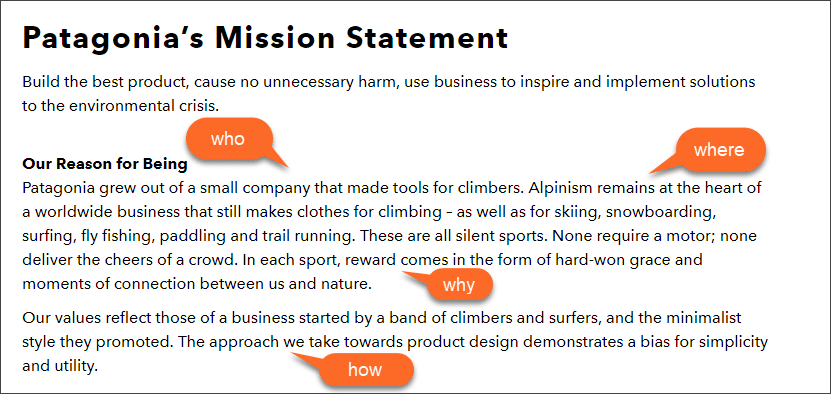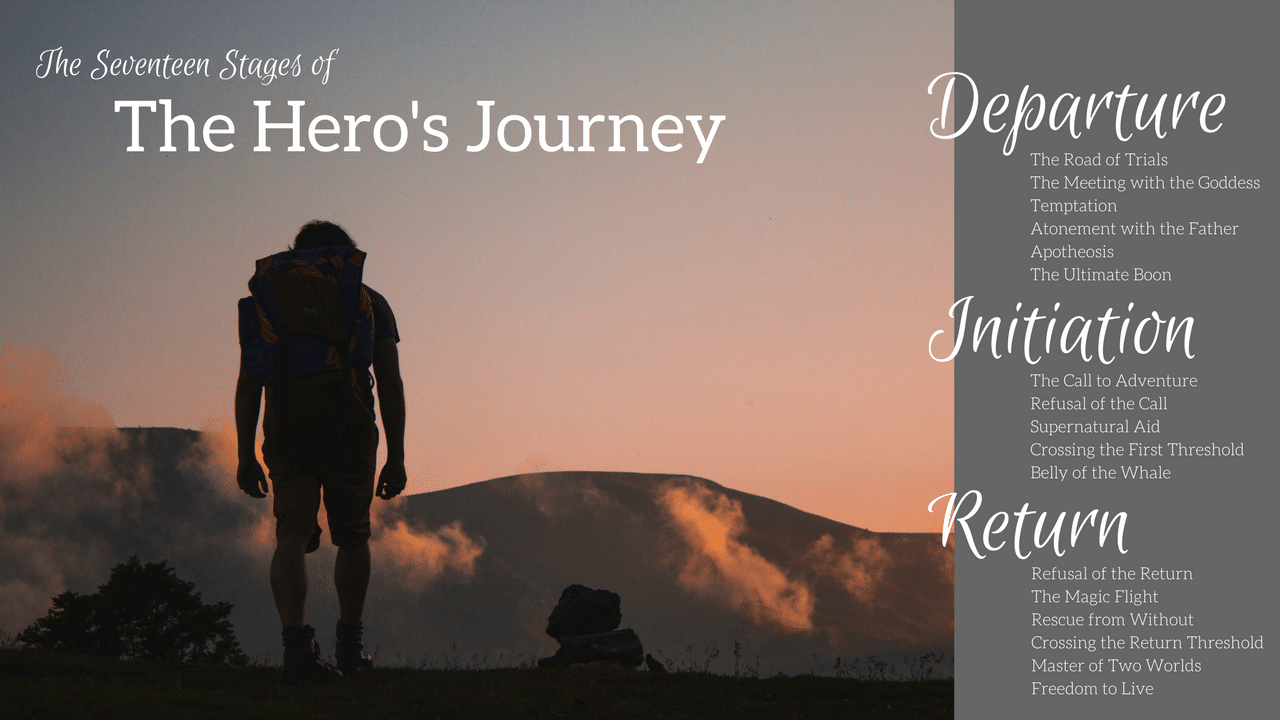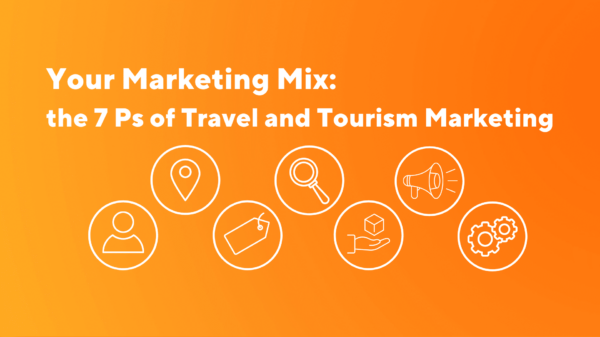Does your company have a story?
Of course it does. So do you know how to tell it?
Creating your company’s story will transform your marketing, and it will transform how you relate to your customers, business partners, and other stakeholders. We have a natural affinity for narratives (scientifically speaking), and we relate to companies much better when we believe in their stories. Storytelling helps us create an authentic connection with the brands we love.
There’s so much a good story can do for a company — much more than simply sitting on an isolated “About” page on your website. It will provide a foundation for everything you communicate about your company going forward. But first, you need to create it.
The Brand Statement
The core of your story should be in place before you even think about structuring a narrative. It’s your brand statement, and it informs how you express your story, and why.
What are you best at? Who do you serve? What makes your company unique in a sea of competitors? Don’t be discouraged if these aren’t easy questions to answer, especially if you’re new to promoting your company or yourself. Remember, this isn’t about factual accuracy, it’s about conviction. Once you pin down what makes your company special, you’re ready to craft your narrative.
The Five Ws
Every journalist knows that there are five (or six) vital elements to any story: Who, What, When, Where, Why — and often How. Don’t think of these questions as a checklist when creating your company’s story. Think of them as the foundation.
Here, Patagonia focuses on the Why of its company in its story, but it also slips in the Whos, Whats, Wheres and Hows.

Who: No great story is complete without characters. Your cast of characters might include your company’s founder, its employees, its customers, stakeholders, competitors, and even the company itself. The most compelling stories are driven by their characters, and that should be the case for this one, too.
What: At its most basic level, your company’s story should express what your company is. What does it offer? What are its values? If those things don’t come across in your story, you need another draft.
When: Most stories have a beginning, middle and end, and so should yours. A brand story explains how a company got from point A, the time before it was founded, to point B, the present moment. You don’t need to get bogged down in precise dates or timelines, but your story should have a sense of progression.
Where: Every good story needs a good setting, and tour and activity companies need them even more than most. There’s a reason you set up shop in this specific location. Make sure that reason comes across.
Why: There is no more important question to answer in your story than “Why?” Why does your company exist? Why should potential customers care about it? Why does it matter? If you know the answers to those questions, you can craft a narrative that makes those answers clear.
The Structure
Chris Myers, CEO of BodeTree, recommends structuring your brand’s story around Joseph Campbell’s “The Hero with a Thousand Faces,” which describes the monomyth, or the hero’s journey. It’s one of the most common narrative structures throughout history for a reason: we’re moved by it.
Here’s how Campbell summarizes the hero’s journey in his book’s introduction:
“A hero ventures forth from the world of common day into a region of supernatural wonder: fabulous forces are there encountered and a decisive victory is won: the hero comes back from this mysterious adventure with the power to bestow boons on his fellow man.”
In less fantastic terms, a hero embarks on a journey, emerges victorious in a crisis, and returns home transformed. Myers argues that it’s both a usable and powerful structure for a brand story:
“If that structure sounds familiar, it’s because you’ve undoubtedly heard it a thousand times before. From Beowulf to Star Wars, the hero’s journey seems to resonate deeply with the human psyche and transcends time and culture. Over the years, I’ve adapted this structure to fit my needs, and use it to tell the BodeTree story to clients, investors, and new hires. It makes an otherwise boring story seem interesting and helps people to connect with our mission on a deeper level.”
He shares his company’s story at Forbes, but we’re here to talk about your company’s story. Building your company’s story around the hero’s journey requires nuance — adversity alone isn’t enough to do the job. Your customers don’t need to know how you fought to secure bank loans or struggled with your business partner. They need to hear how your company overcame the odds in order to bring something good to them.
Questions to ask:
- What did we set out to provide our customers?
- How did we struggle to make that happen?
- What advantages do our efforts offer our customers now?
Of course, there are other structures worth using. Dummies.com volunteers 11 memorable story structures that work for business storytelling, as a start.
The Conversation
Marketing copy is a conversation. Whether you know it or not, you’re reaching out to each, individual customer to connect with them on a direct level.
A good conversation isn’t one sided. You may not be expecting direct responses from your customers, but you still need to include them when you sit down to tell your story. They need to connect and relate to you.
Take Moxy Hotels, Marriot’s Millennial-focused brand. Every piece of its brand story is focused on what the brand gives to its customers.

- Imagine your audience: It’s easier to have a conversation when you know who’s on the other side. Have someone in mind — an archetypal customer.
- Refer to your audience directly: Invite your customers to be part of your story. Ask them questions like “Have you ever…?” and address their desires before telling your side of the tale.
- Keep your audience in focus: You know what puts people to sleep? When a company’s story is entirely centered on itself. Your customers will be interested in your story if they can see how it relates to their own needs. What has your story allowed you to do for them?
The Past, Present and Future
This is where you tie it all together. Your company’s story is alive. It doesn’t end once you’re established in the tour and activity business, it keeps going as long as you do.
Just like most novels don’t end at the deathbeds of their protagonists, your company’s story doesn’t need to tie off every loose end. If the hero’s journey ends when the hero returns home transformed, consider what opportunities your company’s transformation creates. Your journey inspires your present-day success, and it creates the foundation for a prosperous future.
So invite your customers to be part of that present and future, and emphasize the ways they’ll carry your story onward. What will you achieve together? What traditions are you building? What will you create?
Your company will evolve with time, and so should your story. The past may be immutable, but the ways we talk about it are colored by time and experience. Let your story grow with you, and it will serve you for years to come.
Search The Blog
Categories
Most Popular Articles
- 16 Innovative Tourism Business Ideas and Trends for 2025
- Your Marketing Mix: the 7 Ps of Travel and Tourism Marketing
- How to Create and Promote Amazing Tour Packages
- Selling Corporate Bookings: The Shift from Custom to Curated Experiences
- The Rise of Solo Travel: How Tour Operators Can Tap Into a Growing Trend






